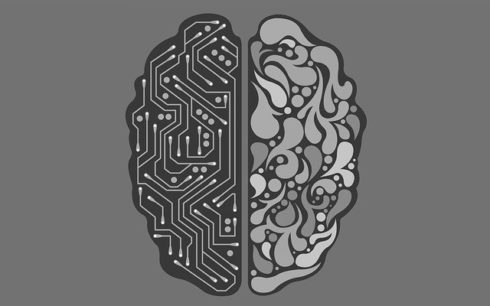
Competitive organizations don’t simply react to their environments or competitors. Rather, they are proactively and predictively anticipating how to deliver better business outcomes. These autonomous digital enterprises know how to pull all the relevant information, capabilities, and people into the same place to quickly and efficiently make the right decisions. This requires flexible and dynamic IT infrastructures, as well as the ability to effectively manage the performance and availability of these systems to ensure service levels. Humans alone can’t keep pace; they need help from intelligent systems that provide actionable insights.
In recent years, AIOps has gained prominence in the enterprise technology sphere as a result of huge increases in operational data volume and variety as well as the velocity requirements driven by DevOps initiatives and greater IT environment complexity. As artificial intelligence and machine learning continue to prove invaluable to the growth and future of the enterprise, organizations can no longer get by with traditional IT monitoring and event management processes.
AIOps is proving to be a promising solution to help IT teams balance agility with performance and meet the challenges of digital transformation and the ‘always-on’ customer expectations that come with it. By deploying solutions that inject machine learning and advanced analytics into the monitoring, and even into management processes, IT operations teams can augment their efforts with AIOps strategies that predict and proactively address potential issues across complex, hybrid environments to optimize service levels and support the agile DevOps processes needed for the digital business.
Furthermore, an effective AIOps strategy can help organizations deliver superior customer and employee experiences, enhancing current operations and supporting seamless scale-up and innovation because it empowers them to:
Break through the noise
Key to enterprise success and agility is the ability to effectively sort through data from big, complex enterprise applications in order to identify needs, opportunities, and threats as they arise. Essentially, this comes down to understanding what a business’s “normal” operations look like to spot anomalous activity. This can be a challenge without an AIOps strategy because data streams now span every inch of an organization, from cloud to data center and mainframe. Moreover, many organizations still employ siloed monitoring tools or keep their data stored in isolated data lakes. This can make it extremely difficult to create a comprehensive data profile and understand system performance, much less to pull actionable insights from it in a timely manner.
AIOps provides essential insight into all layers of the IT environment, with the power of machine learning helping to separate out the true problems from the noise and false alarms even in the most complex and hybrid of environments. When IT ops teams have the advanced analytics and machine learning capabilities that come with an effective AIOps solution, they can optimize their data monitoring capabilities to support rapid identification and prioritization of problems, while simultaneously mobilizing around them early and strategically through the power of prediction.
Get predictive
Today’s enterprises cannot afford to find out about issues from their end-users – they must identify new solutions and strategies that help them see and prevent problems before service impact. AIOps provides enterprises with this important insight as it helps to identify anomalies before they become full-blown interruptions. By using artificial intelligence and machine learning to efficiently analyze reams of performance data and identify patterns, organizations gain essential foresight that empowers them to take preemptive maintenance measures to reduce or completely avoid downtime.
Take proactive action
Actionability takes AIOps benefits to the next level by providing actionable insights to identify root cause of events and help proactively remediate. Implementing an AIOps solution that not only does machine learning and analytics but gives actionable insights will be critical for businesses looking to move further in their automation journey. These capabilities are essential to not only help IT departments observe problems and find root causes, but also speed up mean time to repair (MTTR). Moreover, with AIOps as the foundation, enterprises can link IT service management (ITSM) and IT operations management (ITOM) processes to create incidents from events, understand service impact and causal factors and proactively resolve service issues before impacting the user experience.
Additionally, by automating much of the data analysis inherent in these processes, companies can maximize the productive potential of their workforce. For instance, they can redirect employee efforts to solving problems, rather than allocating staff to continuous monitoring and problem identification — an often tedious and time-consuming process, not to mention the risk of human error.
Operational data continues to evolve and increase to levels beyond human scale to manage, and enterprises can no longer afford to base their success solely on traditional ITOM solutions and manual monitoring. It’s clear that the enterprises best positioned to keep pace – and outpace – the competition are those that view AIOps not as a nice-to-have but as a key steppingstone in their evolution from traditional monitoring to actionability.








